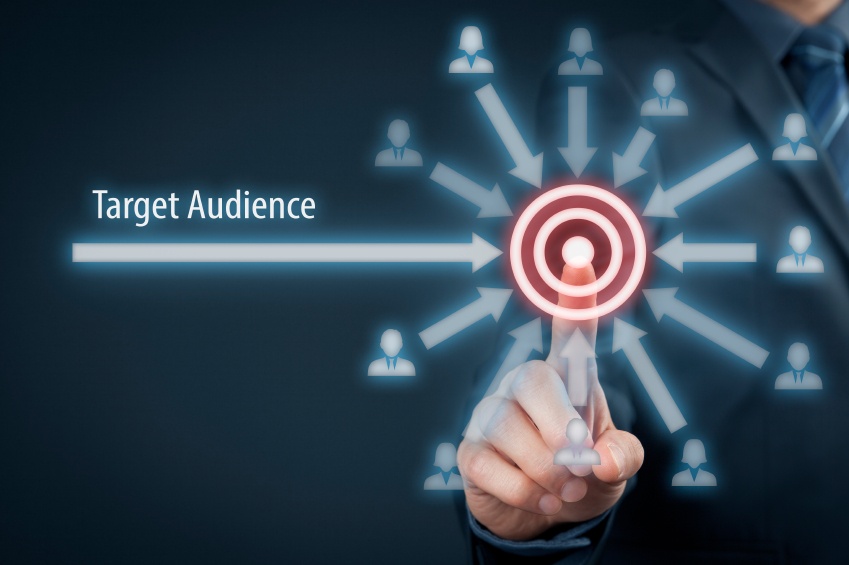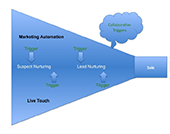There are many different ways to define account based marketing and perhaps it has been best summed up by Nick Panayi of CSC. “Account-based marketing is thinking of the account as a market of one. It’s about being laser-focused on their needs and deploying the most effective marketing tactics available to nurture value-added, pervasive conversations with key stakeholders. This is the place where marketing and sales are at their closest, brought together by common goals and a crystal clear understanding of what success looks like.” There are a myriad of different marketing strategies to employ throughout an ABM campaign. Here we’ve outlined some effective ways to better reach your target audience and improve conversion.
Account-based marketing is a methodology that is especially effective for technology sales where there is often a long sales cycle, involvement of multiple decision-makers, and/or multiple buying centers. Best practices for account-based marketing involve multiple strategies including:
The different elements of inbound and outbound marketing all lend a unique approach towards reaching specific decision makers in a targeted company. In order to create a comprehensive ABM plan that will work, you will need to outline a plan that involves both inbound and outbound marketing strategies. Depending on your industry, some of these strategies will work better than others, however, it is important not to leave anything out as your target audience may only respond to one of these tactics.
Much has been written in the last few years about the dramatic shift in how technology buyers educate themselves about new solutions. Once very dependent on sales professionals for the majority of the education process, buyers are now using search techniques, email, blogs, video, webinars, and social media for this process.
However, according to B2B marketing research firm DemandGen Report, 77% of buyers do not follow a
As this schema illustrates, marketing triggers are bi-directional, influencing the marketing automation events as well as outbound calling. Simply put, triggers are actions taken by the prospect that indicate movement in the buying cycle. Keep in mind the movement could be in any direction, forward, backward, or withdrawing interest. External environmental influences, such as a merger or specific changes in an industry, also affect prospects behavior and be a significant factor in triggering reactions.









